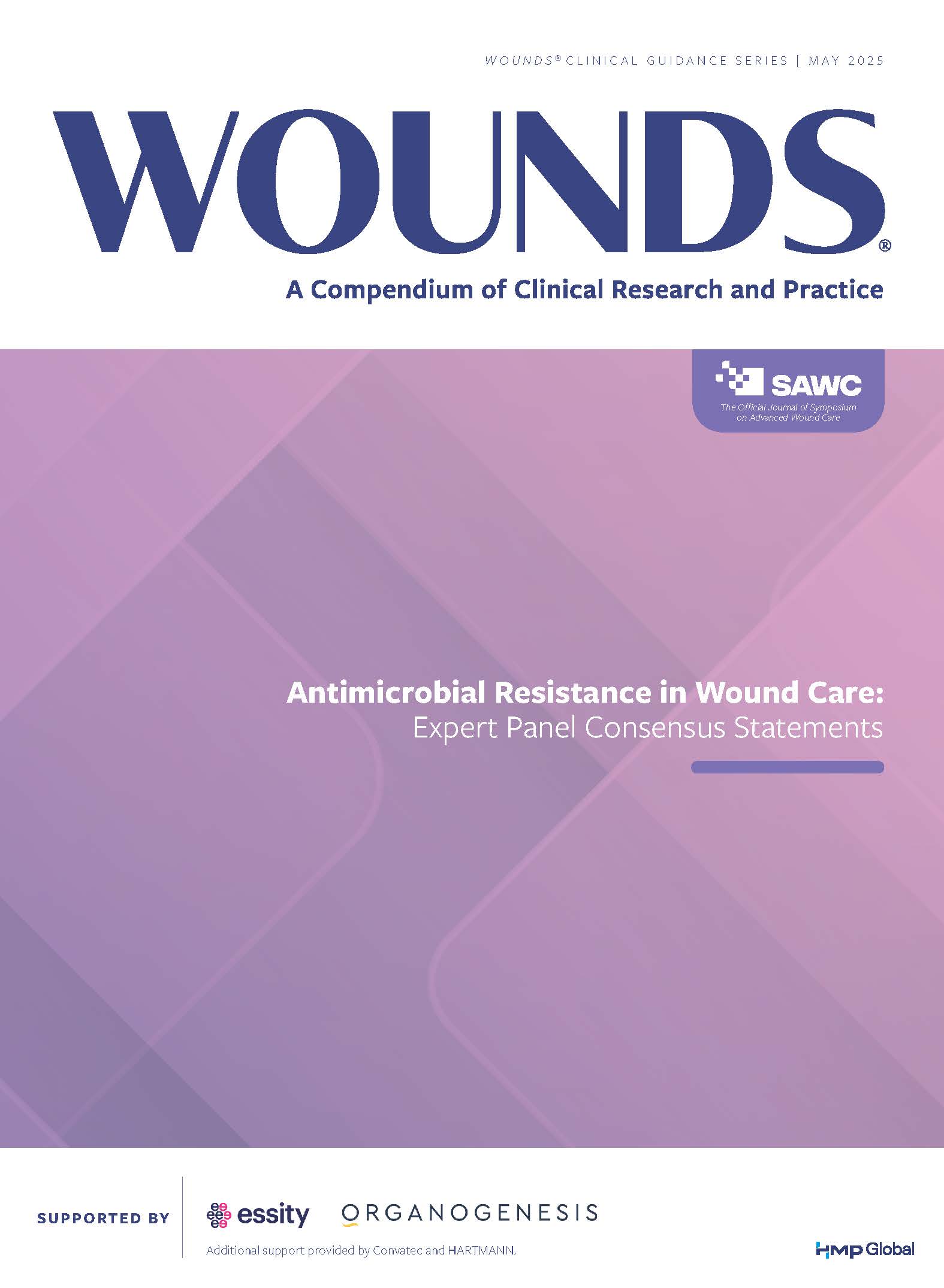Antimicrobial Resistance in Wound Care
Expert Panel Consensus Statements
This expert panel was led by Dr. Windy Cole, Global Medical Affairs Director for NATROX® Wound Care. Antimicrobial Resistance (AMR) is a growing global health crisis. Continuous Topical Oxygen Therapy (cTOT), delivered directly to the wound by NATROX® O₂ can help address this as part of antimicrobial stewardship (AMS). This new Antimicrobial Resistance in Wound Care: Expert Panel Consensus Document discusses how Topical Oxygen Therapy has been shown to enhance antimicrobial efficacy1. This is achieved through topical oxygen increasing the metabolic rate of bacterial biofilms, which results in increased uptake and effectiveness of antibiotics.

Abstract:
Antimicrobial resistance (AMR) presents a growing global health crisis, with significant implications for the management of chronic, hard-to-heal wounds. These wounds often serve as reservoirs for resistant pathogens, particularly when complicated by biofilms that impede healing and shield microbes from host defenses and antimicrobial therapies. In October 2024, a multidisciplinary panel of wound care experts from the United States and Australia convened to develop a consensus document aimed at guiding clinicians in the responsible management of microbial burden throughout wound care. This comprehensive guidance outlines the core physiological processes involved in wound healing, the role of microbial colonization and infection in healing delays, and the mechanisms by which resistance develops and spreads. It provides best practices for wound cleansing, debridement, and the appropriate use of systemic antibiotics, emphasizing that systemic agents should only be used when clinically indicated. The document also explores the use of topical antimicrobials and nonantibiotic alternatives, such as topical oxygen, nitric oxide, probiotics, and chelating agents, to help limit reliance on systemic therapies. A key theme throughout the consensus is the importance of antimicrobial stewardship. The panel calls for targeted therapy guided by culture data, limited treatment durations, and the incorporation of education for clinicians, patients, and caregivers to ensure effective and sustainable wound care practices. By integrating emerging technologies, personalized care approaches, and coordinated interdisciplinary collaboration, these recommendations aim to reduce complications, improve healing outcomes, and slow the spread of AMR in wound care settings. This consensus document serves as a practical, evidence-based guide to support clinicians in making informed decisions that balance infection control with the urgent need to preserve the effectiveness of antimicrobial therapies.
Closing Statement:
As antibiotic-resistant pathogens continue to emerge, it is essential to adopt effective strategies for the treatment and management of wounds. This consensus document outlines proven methods designed not only to minimize reliance on antibiotics but also to underscore the crucial role of AMS in addressing the rising threat of AMR. To effectively address bioburden and biofilm formation in hard-to-heal complex wounds, a comprehensive approach is necessary. This approach includes thorough wound cleansing, skilled wound debridement, and the careful application of antimicrobial agents. Together, these practices will promote healing and help safeguard against resistance.
Citation:
Cole W, Greenstein E, Herman I, et al. Antimicrobial resistance in wound care: expert panel consensus statements. Wounds.
2025;37(5 Suppl):S1-S##. doi:10.25270/wnds/25035
References:
- Cole W, Woodmansey EA. Antimicrobial resistance and stewardship in wound management. Podiatry Management. 2024;73-76, 78, 80-82, 84, 86, 88